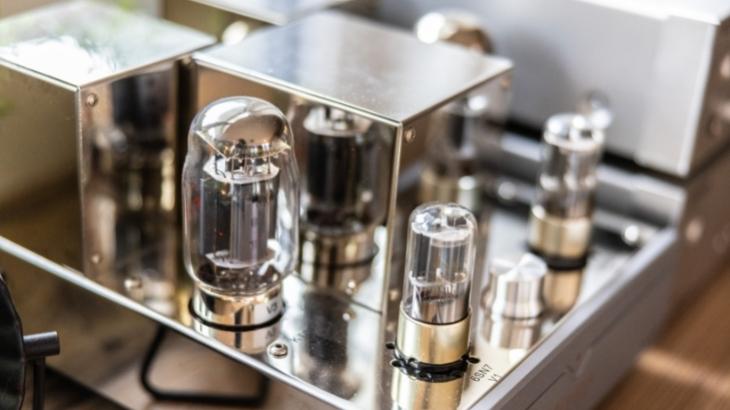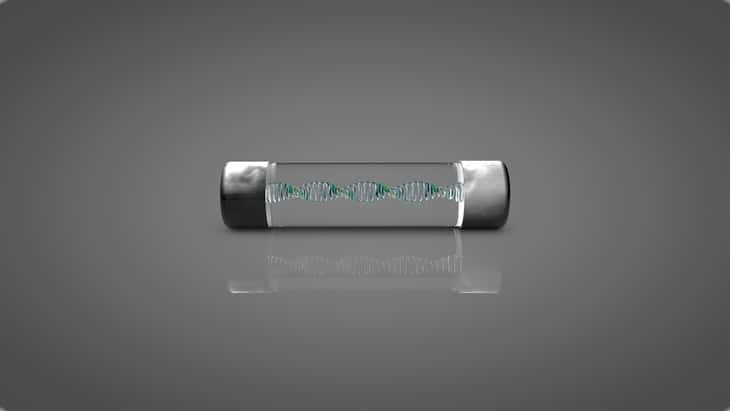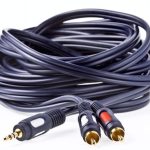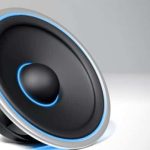Amplifiers, just like speakers, are important components for music playback. Stereo systems need an amplifier to boost electrical signals to the speaker level in order to drive the system properly. Most factory sound systems come with an inbuilt amp, but upgrading with an aftermarket unit is a great step to make your system sound better.
Adding a more powerful amplifier will make your system unlock its true potential and add more depth to your music. However, this means that you’ll need to wire it yourself, and this is where the amplifier fuse comes in.
Importance of Amplifier Fuse
The primary function of the amplifier fuse is to provide over-current or short circuit protection to the amplifier itself and the amplifier power line. The fuse helps ensure that the current is within the amp capability and that it does not put the amplifier at any risk.
If you are not careful enough or fail to follow the laid down procedures when wiring your amp, it might short out and even result in electrical fires. This is the reason why a fuse is a crucial component of amplifier wiring. However, it is important to note that the amplifier fuse does not protect the rest of the components in your audio system.
Proper Amplifier Fuse Size

An amplifier fuse, just like any other fuse is sized based on its amperage rating. But how do you determine the proper fuse size for your amp? If you don’t get the correct size for your amp, the fuse might blow or will not work as intended.
For instance, if you install a fuse that is too big (i.e., one with a high amperage rating) you might end up damaging the amp circuit or cause an electrical fire. On the other hand, when you go with a fuse that is too small, it could blow up during operation.
Generally, the size of the fuse you choose is determined by the power rating of the amplifier. As a general rule of thumb, the size of the fuse you use should match or slightly exceed the current needed to accommodate the amp’s maximum power output. However, a margin of five amperes is generally permitted.
What Size Fuse for 1000 watt Amp?
The size of the fuse that you need to install an amplifier can be determined by dividing the rated power of the amp by the voltage delivered. i.e.
Fuse size=Rated power/voltage
For example, if your amp is rated at 1000 watts with a voltage rating of 14V, then your fuse size will be:
Fuse size = 1000/14
= 70A
As such, for a 1000 watts amp, you’ll need a 70A fuse to ensure a safe installation. However, manufacturers may have a different rating system. If you’re unsure about the size of fuse to use, you can check the user manual for fuse size recommendations.
The easiest way around this is to get an amplifier with a full amplifier kit, which includes turn-on wires and a matching fuse.
If you decide to go with a more powerful amplifier, never try to connect your new amplifier to the factory fuse that came with your audio system. By doing so, you’ll be putting your amp and other components at risk of damages or electrical fires. That’s because your new amp is designed to use more current than what the existing wiring can support, which might blow the fuse or the entire wiring.
The Bottom line
Getting an in-line fuse for your amplifier is a great way to protect you and your audio system from many unseen accidents related to amp wiring. Among other factors, what size fuse to use for the amplifier depends on maximum rated power and the amount of voltage delivered by your system. In addition, understanding your system needs will help to protect you and your audio system from accidents in an event of a short circuit.
Michael Evanchuk is a San Francisco-based sound engineer with 20 years’ experience installing, troubleshooting, and repairing commercial, automotive, and household sound equipment. Evanchuk owns an auto stereo center, where he offers highly competitive car audio installation and repair services. He has written dozens of articles on different sound engineering topics, all of which have been published in leading journals, blogs, and websites.





